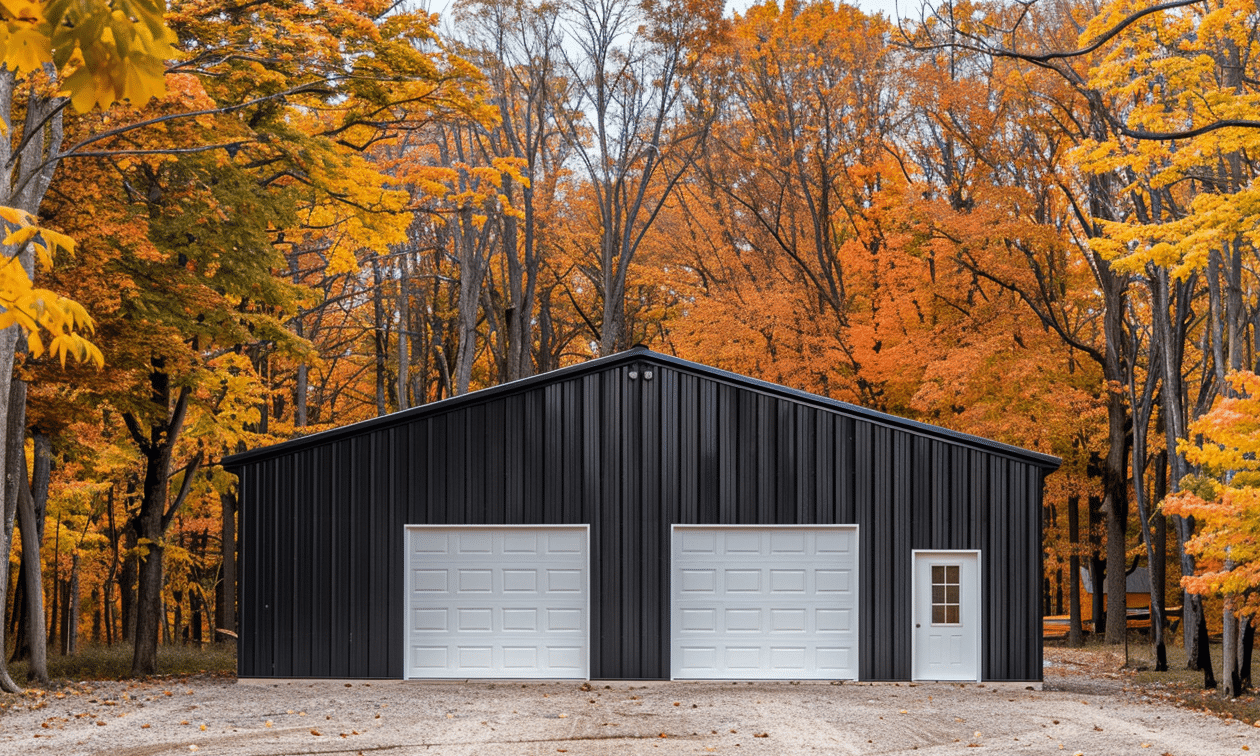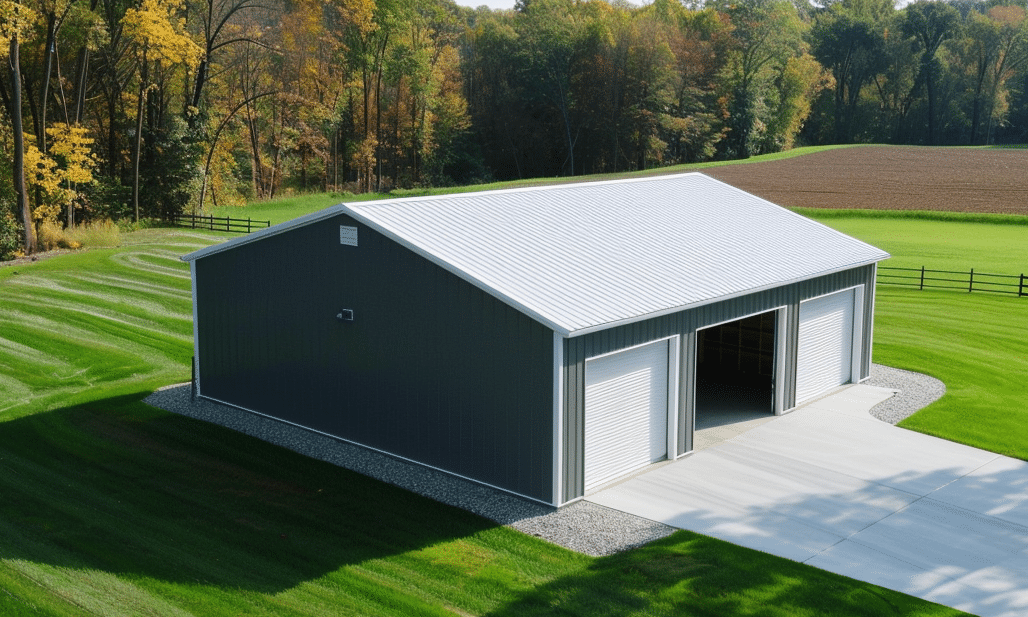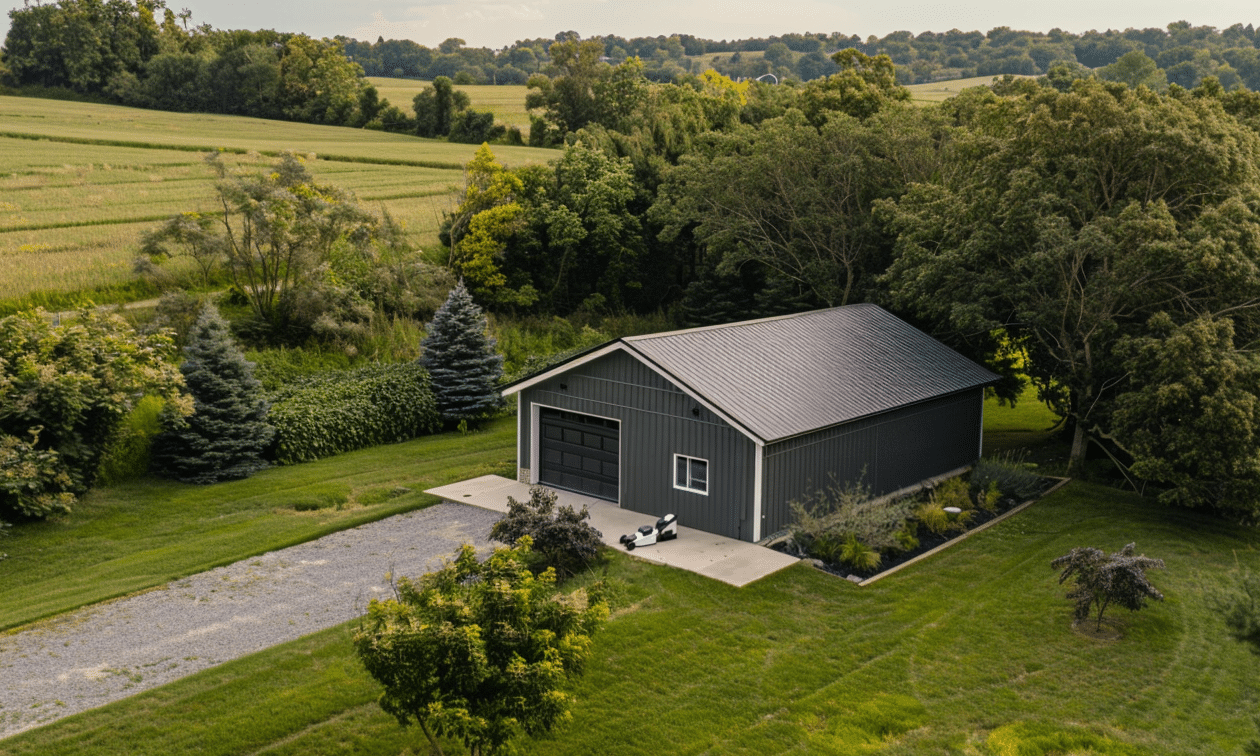In today’s rapidly evolving world, our homes are slowly transforming into eco-friendly sanctuaries. Imagine a cozy abode where sustainability meets comfort without compromising style or efficiency. The heart of this transformation lies in the materials that insulate our dwellings. Yes, we’re talking about green insulation materials, a wise choice for a sustainable home.
Green insulation materials are not just a trend but a conscious move towards reducing carbon footprints and promoting energy efficiency. These materials are derived from natural, renewable sources or recycled waste, significantly lowering the environmental impact. But what makes them stand out from conventional insulation options, and why should you, a smart homeowner, consider them for your next home project?

Benefits of Green Insulation Materials
Green insulation materials come with a host of benefits that go beyond just being eco-friendly. For starters, their use leads to a significant reduction in energy consumption, translating into lower utility bills. The superior thermal performance of these materials ensures that your home remains warm in winters and cool in summers. With global temperatures constantly rising, who doesn’t want a more regulated indoor climate without over-reliance on heating and cooling systems?
Additionally, [green building insulation](https://yourbuildingteam.com/green-building-insulation-environmentally-friendly-options) often has a longer lifecycle compared to traditional materials, leading to reduced maintenance costs. These materials are also designed to improve indoor air quality by minimizing toxins, which is particularly beneficial for those with respiratory issues.
Types of Green Insulation Materials
There is a wide array of green insulation materials available, each boasting unique features that cater to specific needs. Let’s take a closer look:
– **Sheep’s Wool**: Natural, renewable, and biodegradable, sheep’s wool is not only effective in regulating temperature but also in absorbing moisture without compromising its insulating properties.
– **Recycled Cotton**: Made from pieces of old denim clothing, recycled cotton insulation doesn’t only provide effective thermal resistance but is also perfect for soundproofing.
– **Spray Foam Insulation**: While not entirely natural, eco-friendly versions of spray foam insulation use water or non-toxic blowing agents, making it an attractive option for sealing air leaks.
– **Cellulose**: Derived from recycled paper products, cellulose is known for its high recycled content and ability to ward off pests.
Integrating Insulation with Metal Buildings
When considering insulation for [24×30 metal buildings](https://yourbuildingteam.com/metal-buildings/24×30-metal-buildings/), special considerations must be taken into account. Metal buildings, for instance, offer minimal natural insulation. Insulating these structures using green materials can play a pivotal role in enhancing energy efficiency. The [Guide to Steel Building Insulation](https://yourbuildingteam.com/resources/steel-building-insulation-guide) provides insights into choosing the right type of insulation that complements the unique structure of steel buildings.

Environmental and Economic Impacts
Switching your home’s insulation material to a green alternative does more than just benefit you—it positively impacts the environment. These materials often utilize waste products, reducing landfill contributions and conserving raw materials. Moreover, the production process typically requires less energy, thus further lowering emissions. Consider the vast difference this can make if all future constructions adhered to using [Natural Resources Canada’s Green Insulation Materials](https://www.nrcan.gc.ca/green-insulation-materials) (rel=”nofollow”).
Economically, consumers can benefit from government subsidies when using eco-friendly materials. As the demand for sustainability grows, so does the market for [metal building manufacturers in Ontario](https://yourbuildingteam.com/locations/steel-buildings-in-ontario/), which are increasingly providing more eco-based solutions.
Steps to Implement Green Insulation
Getting started with green insulation materials doesn’t have to be complicated. Here are a few steps to kickstart your sustainable insulation journey:
1. **Research and Choose**: Understand your home’s needs and research the types of green insulation materials that fit those requirements.
2. **Consult a Professional**: While DIY projects are fun, consulting with an expert ensures that you choose the best materials and method of installation. They can also help you understand potential long-term benefits like energy savings and return on investment.
3. **Consider Building Regulations**: Make sure the chosen materials comply with local construction regulations. This is especially important if you plan significant renovations or constructions.
4. **Plan and Execute**: Set a timeline and budget for the installation process, ensuring minimal disruption to your daily activities. Consider starting with one part of the home to gauge the effectiveness before fully committing.

Conclusion
As we traverse the path towards sustainable living, embracing green insulation materials is a step in the right direction. By selecting the right kind of insulation, not only will you enhance your home’s thermal and acoustic performance, but you’ll also contribute positively to the environment. The future of homebuilding lies in sustainability, where style meets efficiency, creating homes that are both eco-conscious and comfortable. Are you ready to make the switch?
A green home aids in creating a healthier living environment, reduces energy bills, and enhances overall well-being. For more detailed insights and guidance, the [Natural Resources Canada – Green Insulation Materials](https://www.nrcan.gc.ca/green-insulation-materials) is an invaluable resource. And, as always, consulting with professionals will ensure your green insulation journey has a successful beginning.










